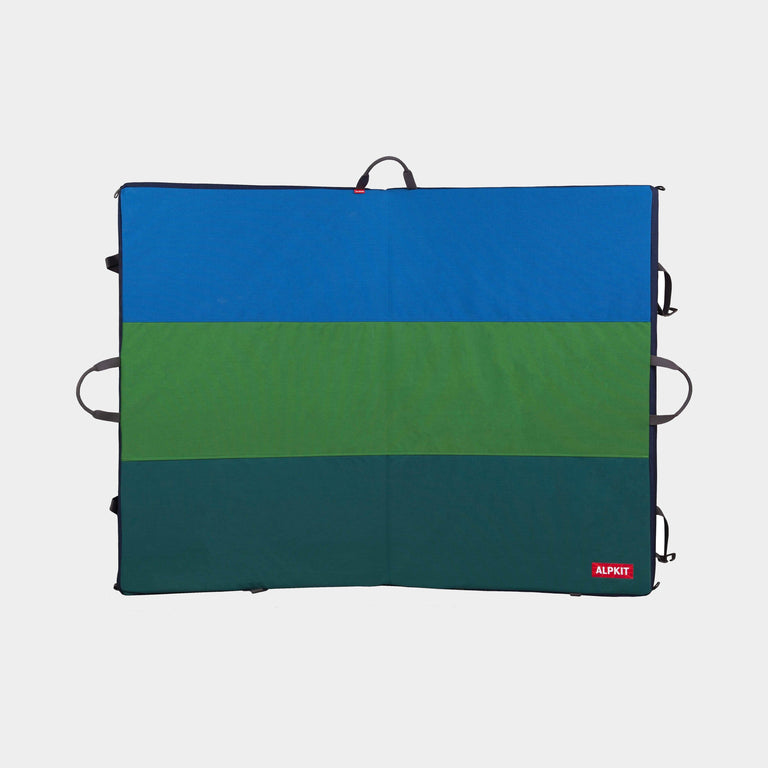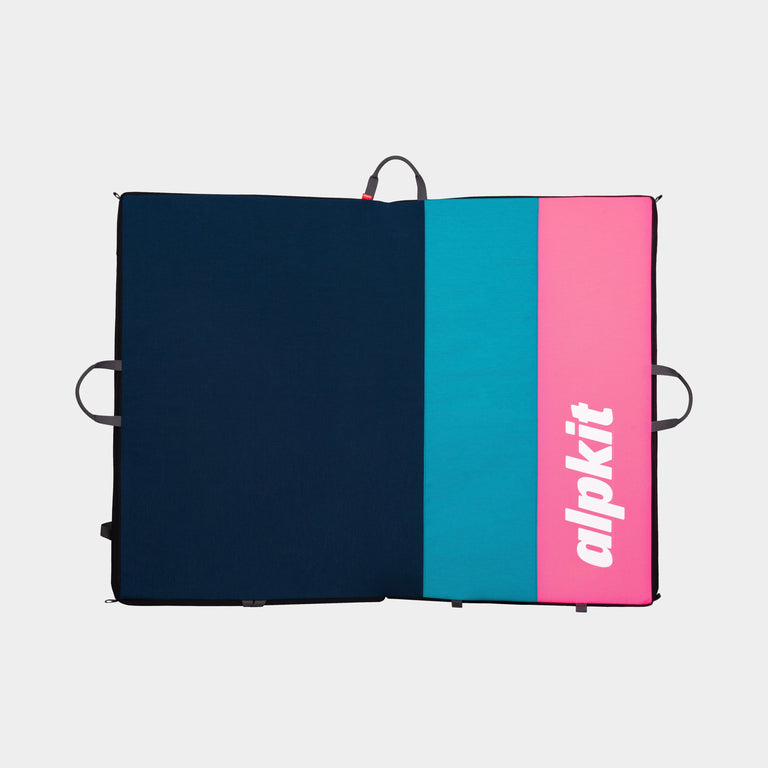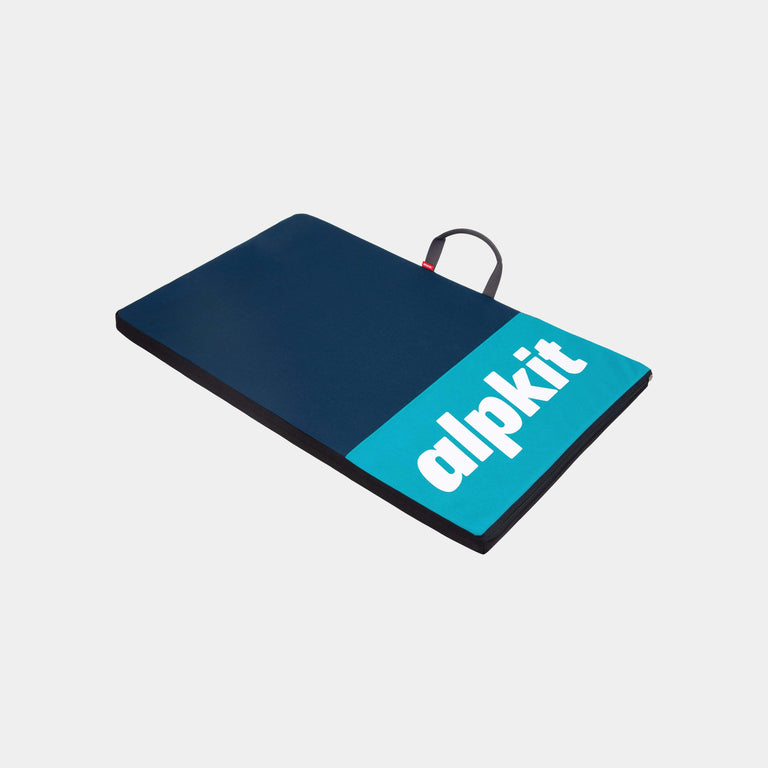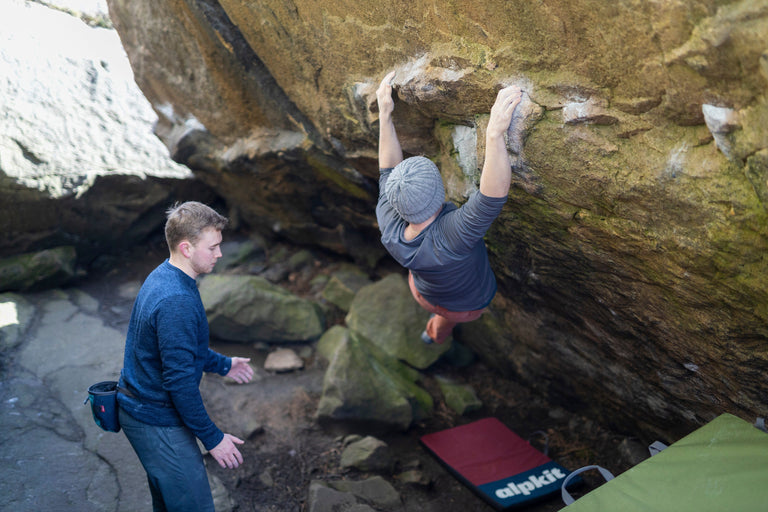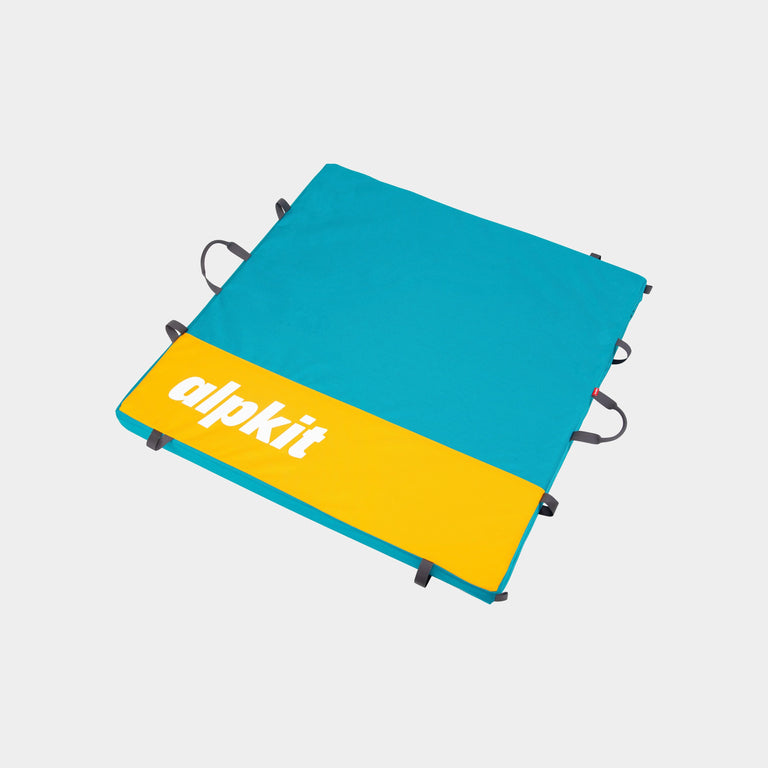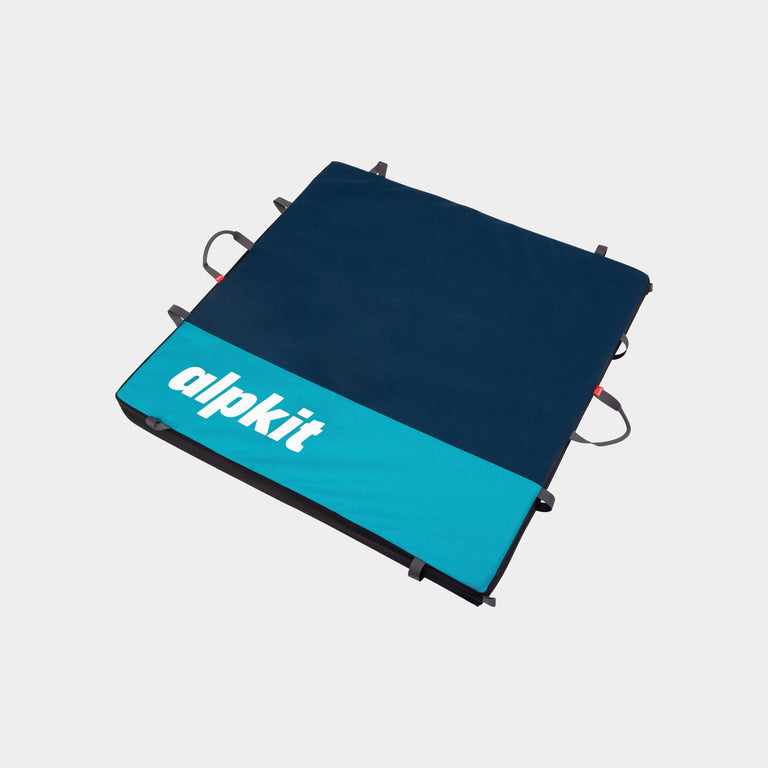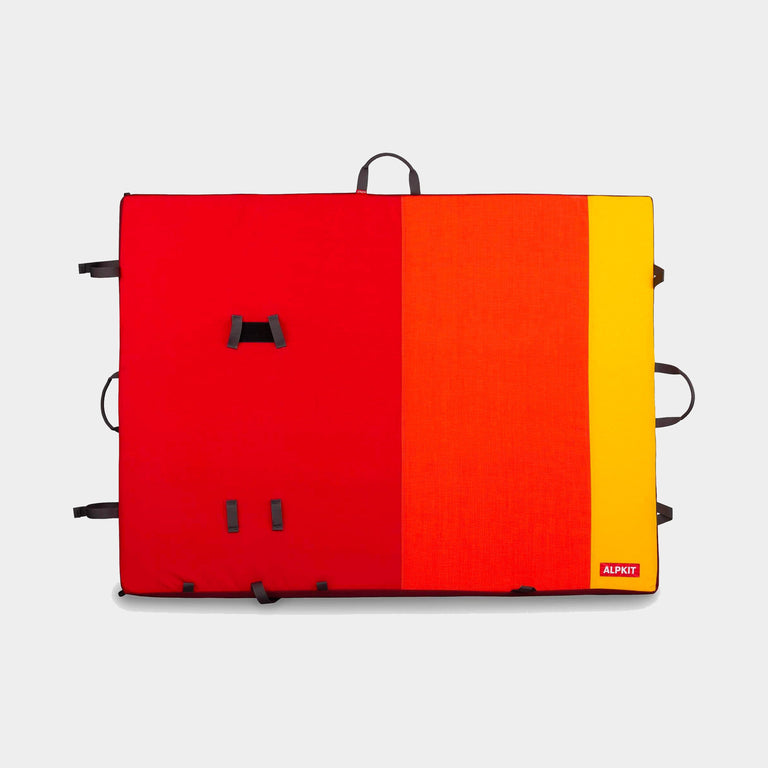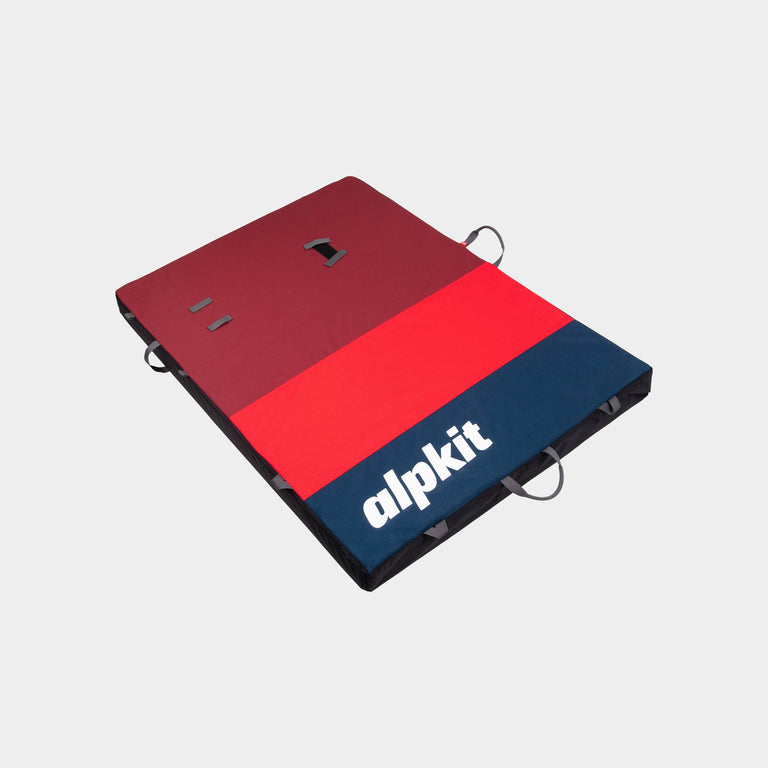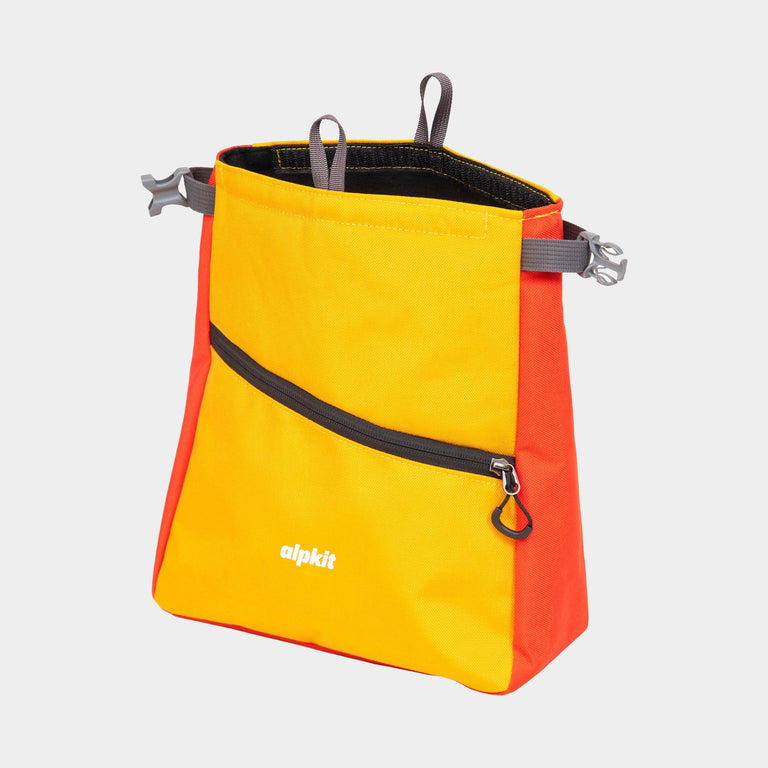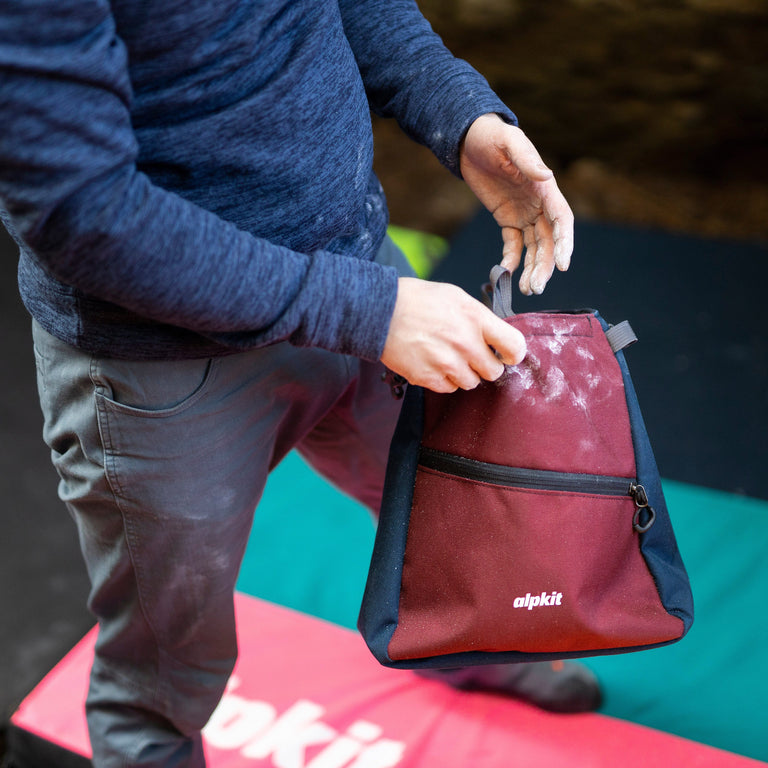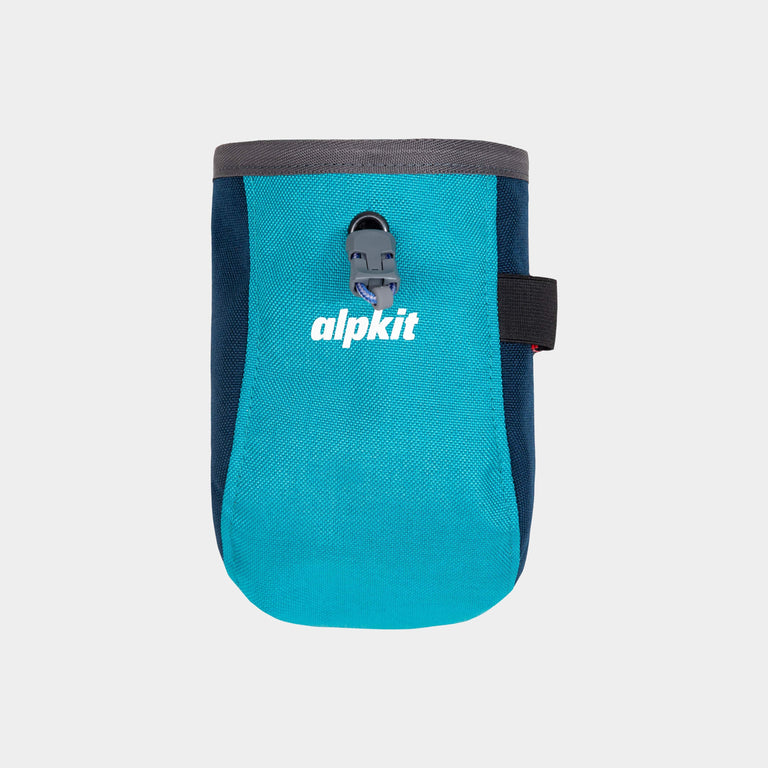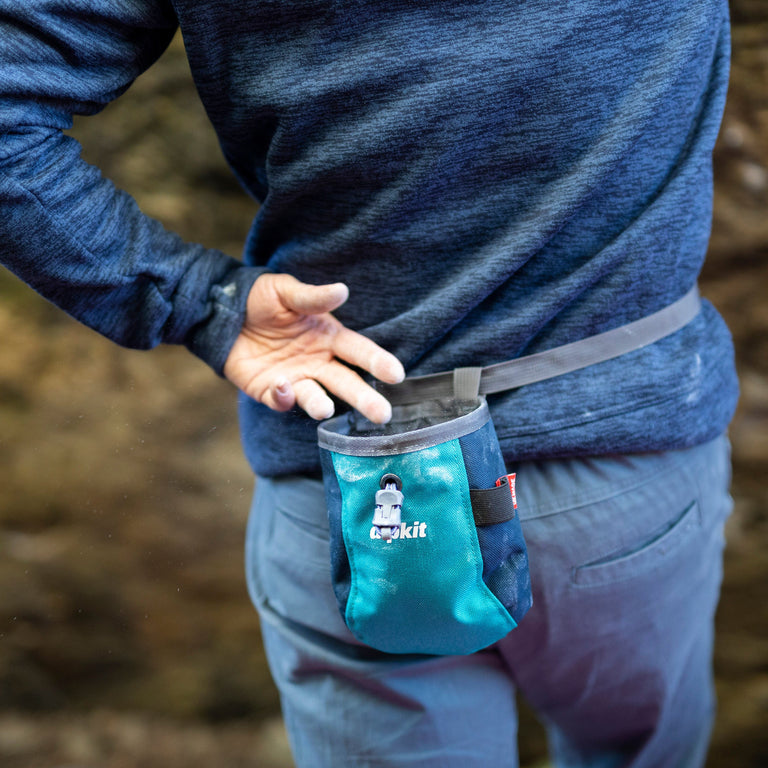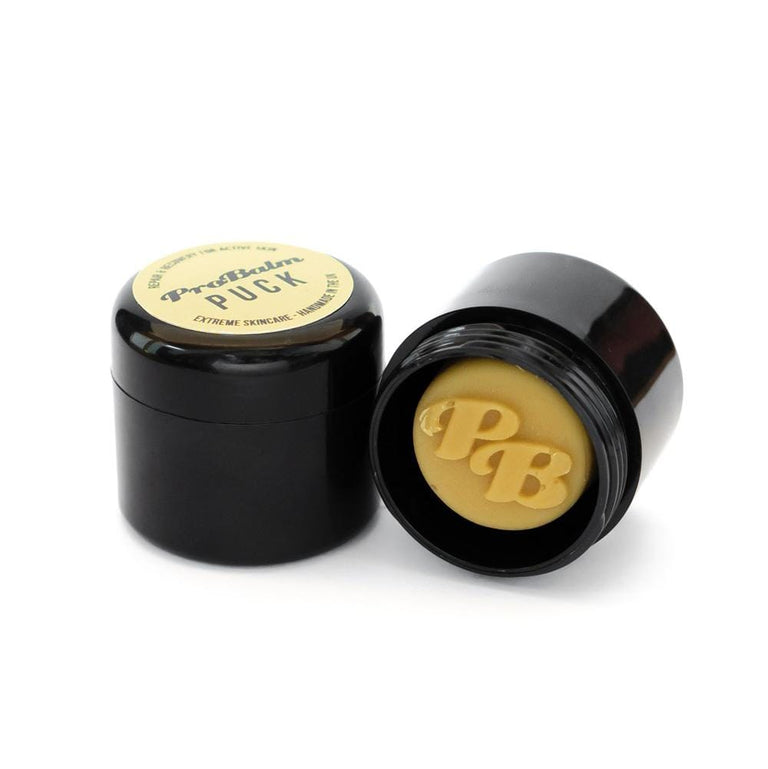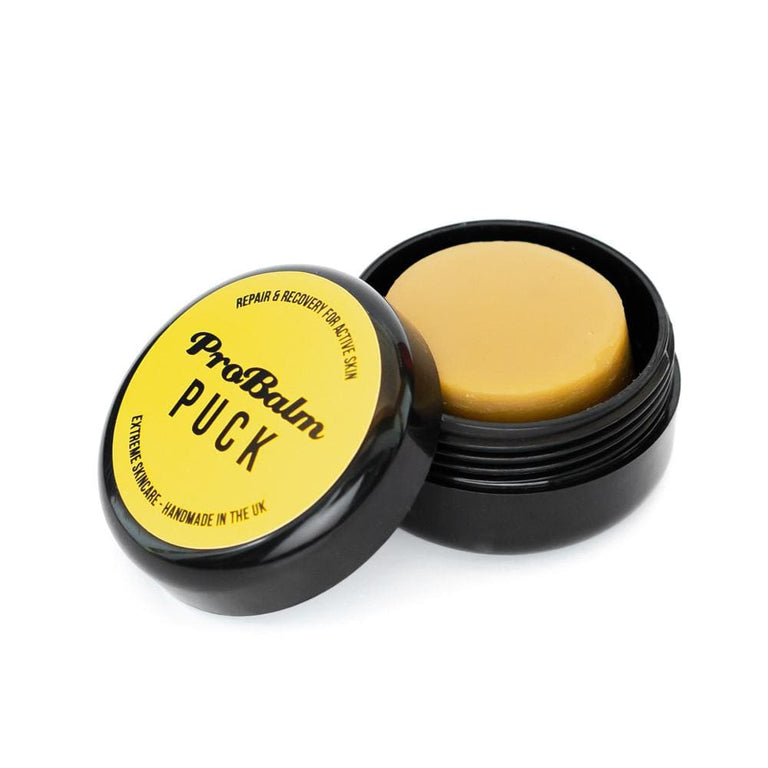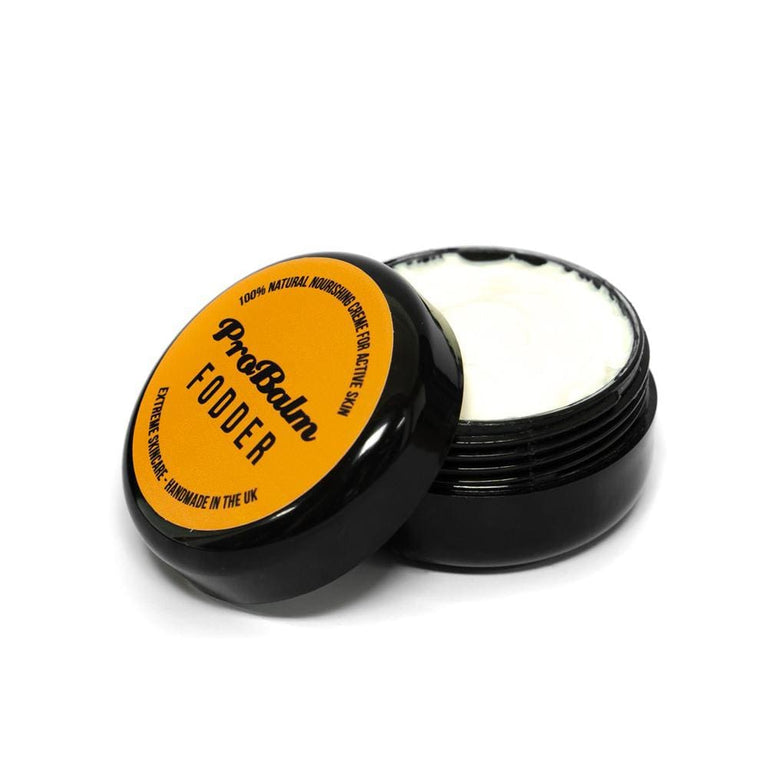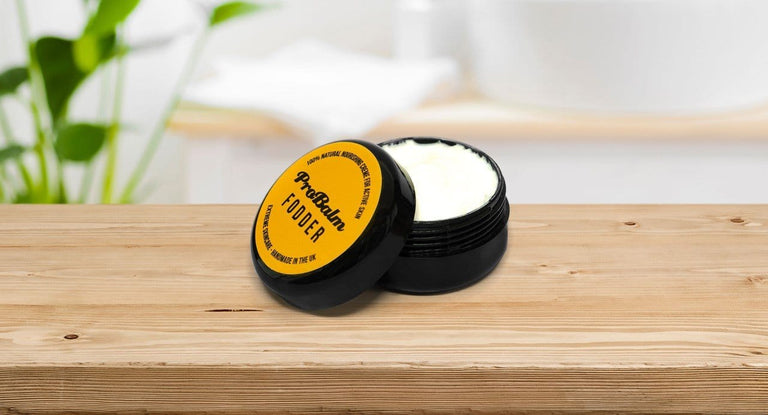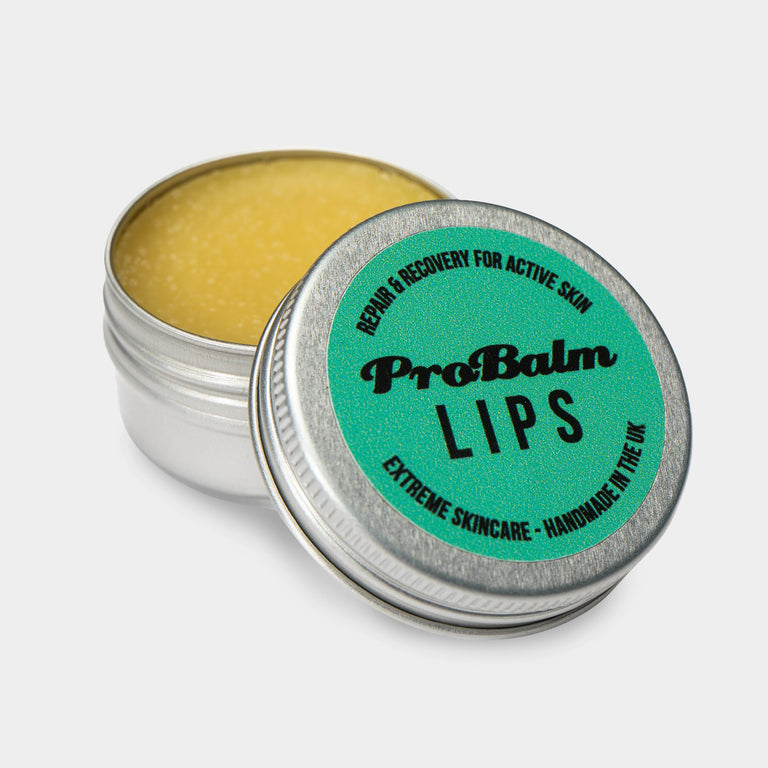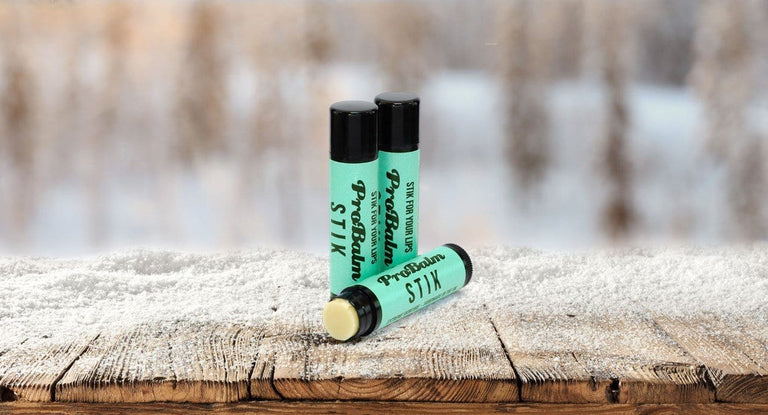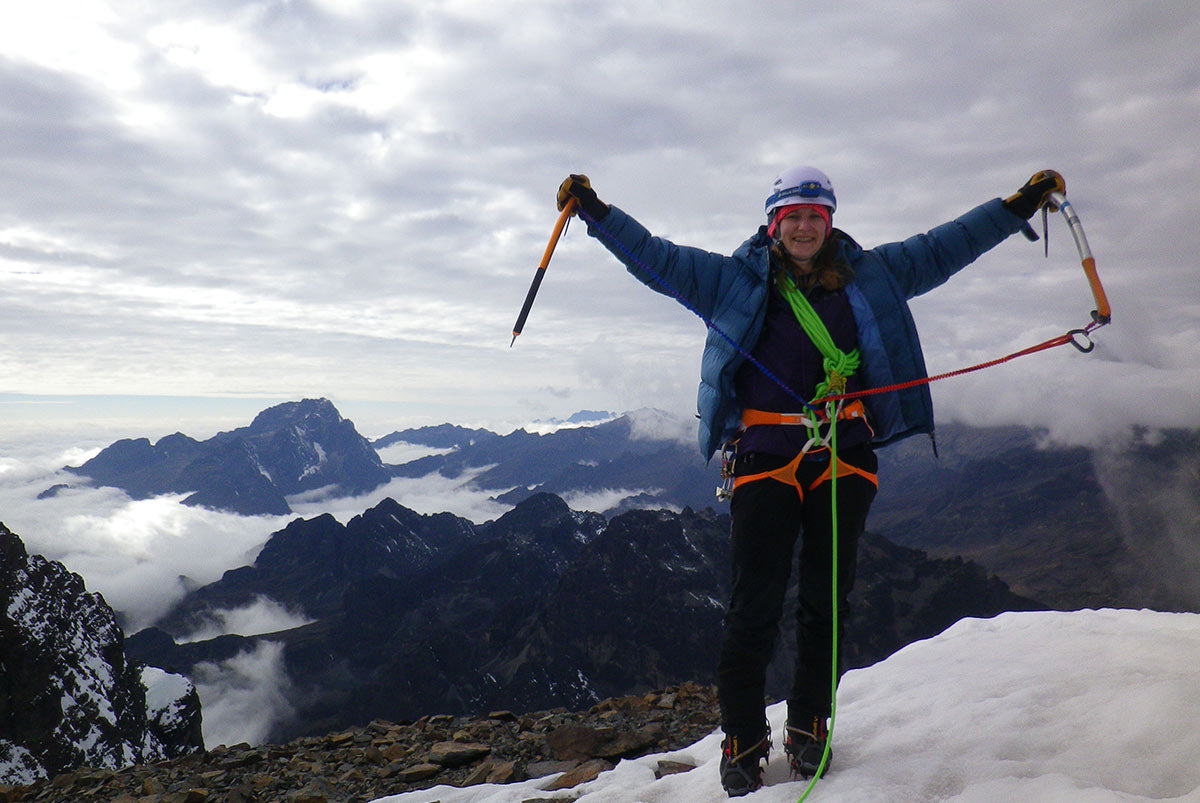
Mountaineering in Bolivia, scaling towering peaks in South America's Andes.
The first time I set eyes on the snowy spine of the Andes was on a flight to Chile way back in 2003 and have wanted climb in them ever since. Fast-forward a mere 15 years and I’d finally amassed the skills, experience and friends necessary to plan a trip for real.
We arrived at El Alto (4061m above sea level) and immediately descended to the main city of La Paz (3600m). I’d been prepared for the inevitable altitude-induced headache, but had forgotten how my body would react to lugging 23kg of kitbag up 2 flights of hotel stairs! Sat huffing and puffing on my bed, I wondered how I was ever going to carry a climbing pack above 5000m. Luckily we’d planned for this and spent the first 4 days seeing the sights of La Paz and gently acclimatising. It felt odd to do the relaxing touristy stuff first, but was great way to see another side to Bolivia and for the team to get to know one another.
Into the mountains
Finally it was time to head into the mountains proper. After a few hours of driving and a few more walking with gear-laden mules, we made it to the basecamp of the Condoriri massif at the lake of Chiar Kota. It was a photo of the incredible aesthetic snow arete of Pequeno Alpamayo that inspired me to come to this area, and this is just one summit in the cirque of 5000m+ peaks that surround the lake. The namesake peak – Condoriri – with its head and two wings forms a spectacular panorama around the lake.
According to my guidebook, Bolivia has the most stable climate during the winter climbing season, with low likelihood of fresh snow and avalanches in season. It seemed 2018 had other ideas. On our first afternoon reccy we saw not one but TWO avalanches pouring off fresh snow. The forecast was not looking great either, with above-average temperatures and another foot of snow due on our second full day in the area. We decided to capitalise on the early weather window and made plans to leave for our first objective in the early hours of the next morning. The reccy had revealed two speeds amongst the group (the hares and the tortoises if you will) so we divided ourselves into two rope teams of three each. After some crevasse rescue drills, we divvied out group gear, packed up and made ready to leave at 1.30am and 2.30am respectively.


Pequeño Alpamayo
After an early breakfast, Team Tortoise headed off by head torch beam along the path to the glacier. The temperature was a worryingly warm +2°C despite the early hour. By the time we reached the toe of the glacier I was determined to lighten my load, so I jettisoned the spare head torch (mistake), vacuum flask and one walking pole. As we were donning harnesses and crampons at this point, I decided it was warm enough that I wouldn’t want my waterproof trousers for another layer on my legs so ditched them too.
We spent the next three hours plodding up the glacier, during which time I was buried deep in the hurt locker. I just couldn’t keep my heart rate or breathing in check and kept stopping to catch my breath. Kudos to my rope mates for keeping me going and reducing their speed until eventually we found a pace we could all sustain. As we reached the col at the top of the glacier, we realised the lights of Team Hare no longer moving upwards but instead heading down towards us. A few minutes later, we met on the shoulder of Diente (a snowy dome we traverse on our route), as they negotiated a crevasse in reverse. They had decided to retreat, having got too cold in the wind at the top and being unsure of the route in the pre-dawn darkness.


It was too cold to hang around long. After wishing the others a safe descent, Olly, Alys and I continued upwards and crested the snowy summit just as dawn broke behind Pequeño Alpamayo. Seeing the sky light up in pinks and oranges to reveal the summit pyramid was truly spectacular and something I will never forget. As the clouds swirled in and out, I realised how great a psychological boost the visibility had been. I felt sure that, had the others arrived at this point just half an hour later they probably would have been able to continue. Feeling reenergised and positive for the more technical ground ahead, I got my second wind just as we negotiated the rocky summit of Pico Tarija. By 7.30 am we’d made it to the col at the base of Pequeño Alpamayo, where we contemplated the final snow arete. We let out some more rope between us and I set off up the ridge, periodically placing snow stakes or ice screws where it was a little steeper. There was one section where I was glad of having a second tool and made a couple of moves on my front points, but the rest was fairly easy going (apart from the sheer physical effort of moving uphill at 5000m!).
Just over an hour later we stood on the summit together, tired but happy to have climbed our first proper Andean peak. At 5410m it was the highest any of us had ever been and I knew if I achieved nothing else for the rest of the trip, I would at least be satisfied to have climbed the mountain that had brought me there in the first place. We got a team summit photo taken by a guided party that appeared a few minutes later, before carefully descending the way we’d come. After a 10.5 hour round trip we made it back to basecamp where we immediately dumped our bags on the ground and stretched out on our backs, happy to not move for just a few blissful minutes.
Although we attempted several other peaks in the area over the following week, (some successfully and some less so), Pequeño Alpamayo remained the highlight of the trip for me. Would I go back again? Absolutely!



Gear notes:
I used the following clothing system that worked from -10 to + 10 degrees: Kepler Zip merino baselayer, Morphosis windshell, Katabatic synthetic insulated jacket, plus a down jacket for the summit, and on my legs Ardent softshell prototypes with base layer long johns underneath. What worked really well was starting out in the Kepler and Morphosis, and just adding layers on top as it got colder. I never needed to remove a layer to put on something else underneath (which is a faff, and you lose a lot of insulation as you do it). The Ardent protos proved themselves beyond doubt, as I didn’t need to add shell trousers over the top so I was able to stash snacks in the right thigh pocket and my gloves in the larger left thigh pocket. I also used a pair of Frazil prototpye gloves, and found they worked well high on the mountain, being warm and dextrous enough to climb in, with a full leather palm that helped with rope handling.
On the equipment side of things, I look a Lampray which became the group’s favourite bit of kit as it provided light for our dinner every evening (plus I was able to charge my phone with it), and a prototype of the new Qark headtorch. The ability to focus the beam while scanning for the route ahead was particularly useful and a much envied feature.

